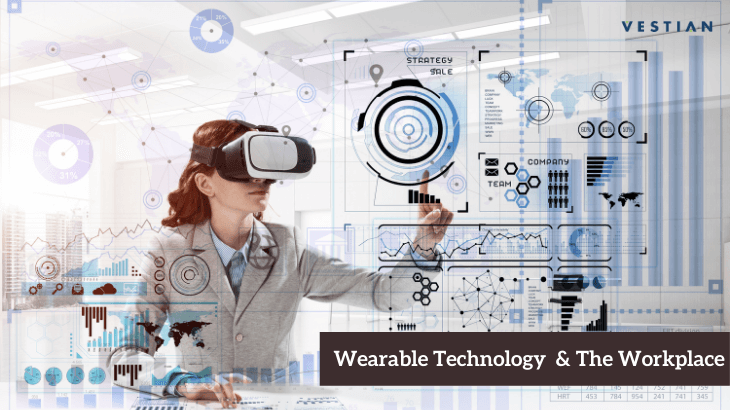There was a time when wearable technology was synonymous with smart watches, that too, mainly as a self-care product. However, the onset of COVID-19 has brought about a radical change in this market. Today, workplaces are taking every possible effort to ensure the wellbeing of their employees not only whilst they are at work, but also when they are out and about leading their personal lives. In addition to the pandemic, another reason for this unprecedented demand in wearable technology is the rollout of 5G which can facilitate multiple data services, almost effortlessly.
In a post-pandemic world, the health and wellbeing of the employees is increasingly becoming the core of every organisation’s value system. This will encourage employees to return to work feeling more secure, while also enabling the organisation to enhance employee engagement and performance.
Present-day smart watchmakers are focusing their efforts in integrating more useful features like built-in thermometers and SpO2 sensors to help detect viral infection ahead of the tests. Yet another wearable technology being introduced in the market is said to comprise of ECG Monitors, Fall Detection Sensors, and other such parameters that can collect data over time and warn the wearer before a mishap. For instance, Fujitsu’s Kawasaki offices require high physical activity from workers and guards, which is why they are given smart wristbands which enable the tracing of their temperature, pulse, as well as heat stress Similarly, Deloitte’s Smart Helmet Clip comes with a prefabricated sensor suite that offers information pertaining to location, vital signs, and the presence of hazardous gasses around miners and operators. The Halo Mask from Airpop not only protects from air-borne diseases but also offers information about the quality of local air; Cove, a headset-like device, is essentially stress cancelling technology that uses vibrations to offer a stress-reducing and sleep-enhancing effect. Furthermore, wearable devices can offer valuable insights to first responders in case of a health emergency, thereby ensuring accurate and timely treatment.
Since a large chunk of the workforce is working from home as a direct result of the pandemic, organisations are increasingly depending on wearables that can help keep a tab on their employee’s well-being at home. To this end, Moodbeam wristband is proving to be a great device that helps monitor the emotional status of remote workers, thereby elucidating prompt response and assistance, as the case maybe. Similarly, ART Health makes use of data from wearables, as well as workplace sensors in conjunction with cognitive performance tests and online employee surveys to track the wellbeing and performance of the remote workforce.
Wearables go beyond smart watches, smart helmets and smart glasses. Exoskeletons and ergoskeletons are also seeing a surge in popularity especially in the manufacturing and logistics sector. Take for example, Toyota, which has made exoskeletons mandatory PPE for certain tasks. Apart from that there are tool-holding exoskeletons, back support, lift assist devices and postural assist devices to name a few. What really spurs its growth is the fact that these can minimise workplace related injuries.
While there is a multitude of options available, the deployment of wearable technology is easier said than done. Despite the technology being available, a vast majority of companies currently lack the analytical systems required to make the most of this technology. In some cases, privacy can also prove to be a concern. To combat this, organisations will also have to enhance their data and cyber-security measures.
Yet another challenge is the cost involved, which includes the wearable devices themselves, additional software and supplementary staff that might be required to support it.
In the near future, we are likely to see more application of wearable technology at the workplace, that go beyond health and well being and recreational options to enhance the overall workplace experience.

